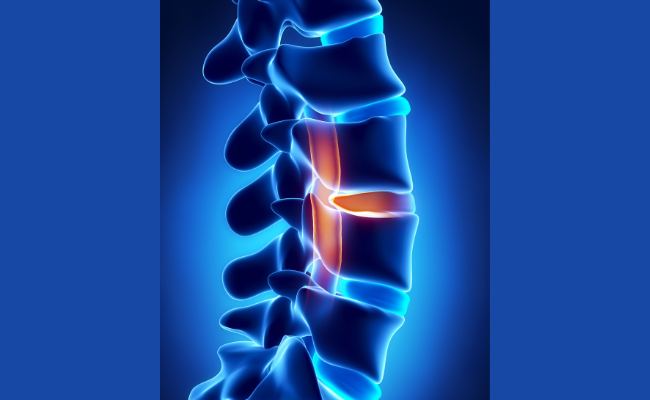How to Treat Osteophyte?
- January 03, 2024
- No Comments

What is Osteophyte?
Osteophyte, also referred to as a bone spur, is a bony outgrowth that may develop along the edges of bones, particularly in joints where two or more bones meet. These smooth bony projections can emerge in various parts of the body, such as the spine, knees, hips, and fingers, and while they typically maintain a sleek surface, they have the potential to induce pain and discomfort if they exert pressure on nerves or surrounding tissues. The gradual formation of this bony protrusion near joints is a characteristic feature of osteophytes.
Why Do Osteophytes Form?
The formation of osteophytes is typically a result of the body's attempt to repair itself. In response to factors like joint degeneration, injury, or inflammation, the body may produce extra bone in an attempt to provide additional support or stability. Aging is a common factor contributing to osteophyte formation, as wear and tear on joints over time can lead to the development of these bony growths.
How Do Osteophytes Affect the Body?
Osteophytes can vary in size and shape, and their impact on the body depends on their location and size. In many cases, they may not cause any symptoms and go unnoticed. However, when osteophytes press on surrounding tissues, nerves, or blood vessels, they can lead to pain, limited joint movement, and other complications.
In the spine, osteophytes can narrow the space available for nerves, causing a condition known as spinal stenosis. This can result in symptoms such as back pain, numbness, and weakness in the limbs. In joints like the knee or hip, osteophytes may cause pain and reduced range of motion, impacting daily activities.
Treatment Solutions for Osteophyte:
Medication:
- Nonsteroidal anti-inflammatory drugs (NSAIDs) can help alleviate pain and reduce inflammation associated with osteophytes. Common NSAIDs include ibuprofen and naproxen.
- Pain relievers such as acetaminophen may be recommended for managing discomfort.
Physical Therapy:
- Physical therapy plays a crucial role in the treatment of osteophytes. Therapeutic exercises can help improve joint flexibility, strengthen supporting muscles, and enhance overall joint function.
- Therapists may also use techniques such as ultrasound or electrical stimulation to alleviate pain and promote healing.
Lifestyle Modifications:
- Weight management is essential, especially for osteophytes in weight-bearing joints. Maintaining a healthy weight reduces stress on the joints and can slow the progression of osteophyte formation.
- Adopting joint-friendly activities and avoiding excessive impact on affected joints can contribute to symptom relief.
Corticosteroid Injections:
- In cases of significant inflammation and pain, corticosteroid injections may be administered directly into the affected joint. These injections can provide temporary relief by reducing inflammation.
Surgery:
- When conservative measures fail to address severe symptoms, surgical intervention may be considered. Surgical options include removing the osteophyte, repairing damaged joint structures, or replacing the affected joint with an artificial implant.
Benefits of Treating Osteophyte:
- Pain Relief: One of the primary benefits of treating osteophytes is the relief of pain associated with these bony growths. By addressing inflammation and improving joint function, individuals can experience reduced pain levels.
- Improved Joint Function: Treatment modalities such as physical therapy and lifestyle modifications aim to enhance joint function. By increasing flexibility and strengthening supporting muscles, individuals can regain better control and movement in affected joints.
- Prevention of Complications: Timely treatment can prevent complications associated with osteophytes, such as nerve compression, reduced blood flow, or joint deformities. Managing osteophytes effectively can help maintain overall joint health.
- Enhanced Quality of Life: Addressing osteophytes and managing associated symptoms contribute to an improved quality of life. Individuals can engage in daily activities with less pain and discomfort, leading to a more active and fulfilling lifestyle.
- Avoidance of Surgical Intervention: For many individuals, early and effective treatment can prevent the need for surgical intervention. Conservative approaches may be sufficient to manage symptoms and maintain joint health.
Comments (0)